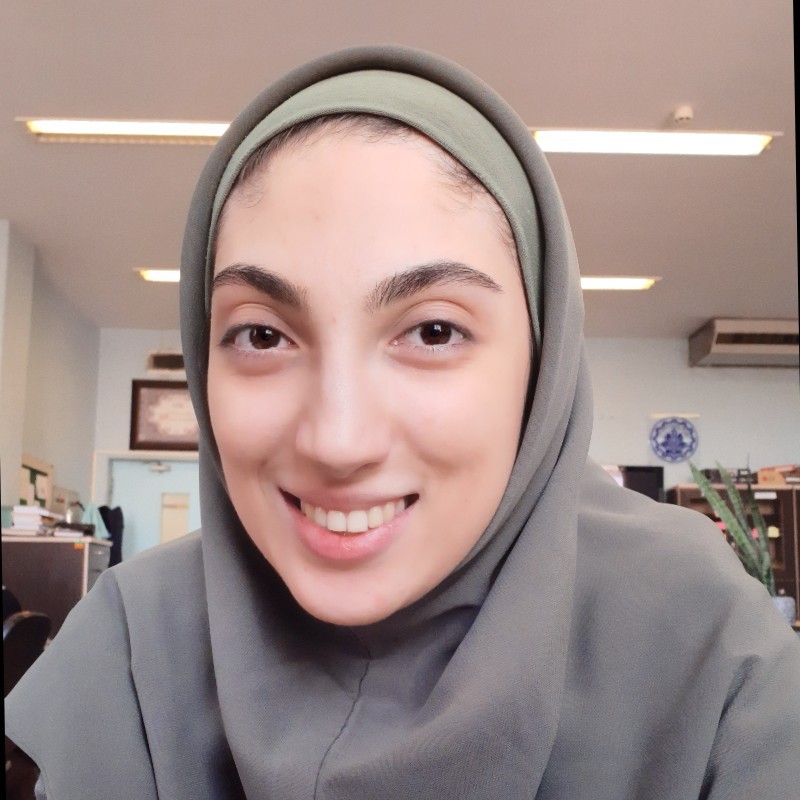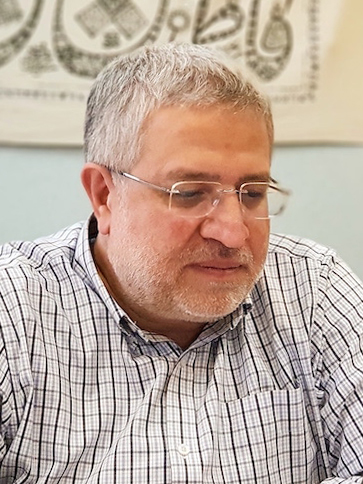Description
Lately, the ASGE1 has addressed the resect and discard strategy known as PIVI2,
determining that if a polyp is less than 5mm, we can omit histopathological
examinations if we are highly confident with our diagnosis. PIVI also states that
hyperplastic polyps in the rectosigmoid colon can be left in place without sampling or
endoscopic resection owing to its nonmalignant nature. If we can differentiate polyps,
we can reduce unnecessary endoscopic resections, which may, in turn, decreases
complications, physician burden, and medical costs. Hence, we aimed to build an AI
system that can accurately detect and classify (differentiate) CP(Colorectal Polyp)
during colonoscopy in real-time.
We want to perform a prospective, multi-center (multi-dataset) study of patients referred
for colonoscopy.
Procedural videos will be analyzed by a validated deep-learning AI polyp detection
software that labels suspected polyps. There are a lot of public annotated datasets for
polyp detection in colonoscopy.
Dataset
We will utilize them to train a sophisticated multi-center AI system. Next, we will tune the model by a national dataset of static images captured and labeled by experienced endoscopists during colonoscopy.
Some of the most referred databases such as CVC-300, CVC-612, Kvasir, Kvasir-SEG are entirely downloaded. We are currently working to implement SOTA methods such as YOLOR, YOLOX, etc., to our datasets.


